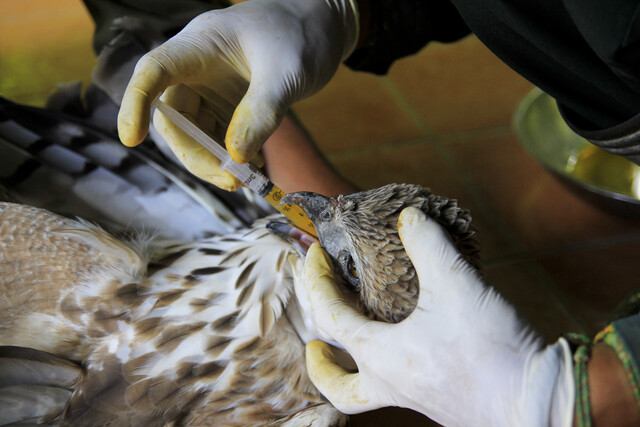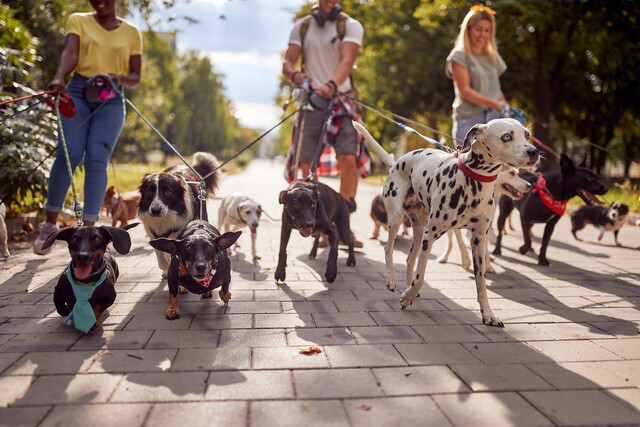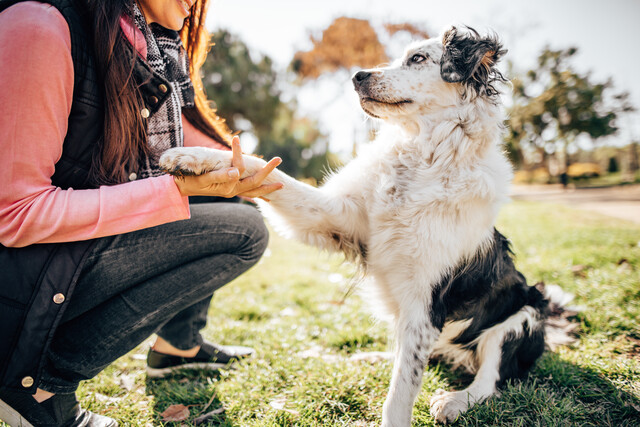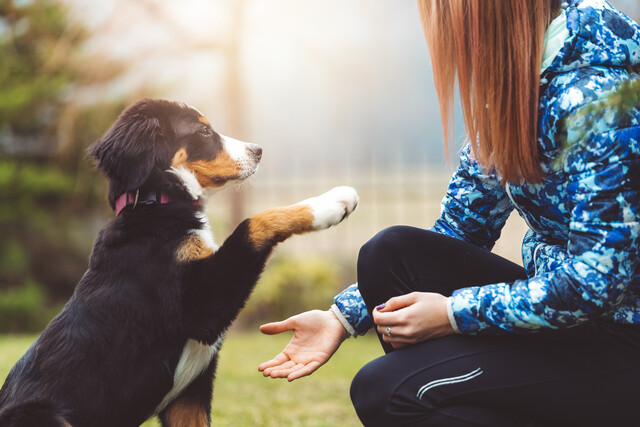?
Now that you have created a list that details the specific attributes you want for your dog, it's time to narrow that list down. If your spouse, children, or someone else has been making a list as well (or simply has preferences they have expressed to you) make sure you have added those preferences to your own list.
There is no perfect dog out there but there may be a dog out there that is perfect for you. The reason you have been making a list of attributes rather than breeds is for one simple reason alone: your perfect canine match may not be the dog you expected. Consider choosing the dog that is the right match for you much the same way that you would consider someone as a potential mate. In all honesty, this is not nearly as much of a stretch as you may think it is. A romantic relationship may continue for months or years or even decades but most of them are relatively brief until you find the right person (and even then there are no guarantees). When you get a dog, you are making a long-term commitment. If you select a puppy, you may easily be looking at 15 to 20 years of companionship. While many aspects of having a dog are easier than maintaining a relationship, it does present its own challenges. More than anything, remember that your dog is the one that may be there when everyone else is gone. When you feel sad, sick, happy, energetic, and pretty much everything else under the sun, your dog is going to experience that with you. While your dog may not understand the same way that a human would, your dog will love you regardless which is why they say that dog is man's best friend.
2. Second, determine which dog-specific characteristics that you feel strongest about. You may be envisioning a lap dog but that preference isn't nearly as important as having a dog that can withstand a lot of chaos if you have a large family. A laidback breed that can handle whatever situation you throw them in is more important in this scenario because those dogs will be safer to have around your children. When trying to identify priority Bs, think in terms of safety and practicality rather than idle preference. Designations made based upon size, temperament, and age generally fall into this group.
3. Now identify your top five personality and lifestyle characteristics. This is where your purpose in getting a dog comes into play as well as what your life and personality can accommodate. But only in shoes your top five regardless of how ever many preferences you have identified. Whatever dog you choose may satisfy way more of your list but choosing a dog will be much easier with a short batch of priority Cs.
4. Thus far, your prioritized list should provide you with a better understanding of what you want when considering each dog or breed of dog. Nevertheless, it's important that you also take the opportunity to write down what you can accomodate for or don't care as much about so that you know to include certain breeds in your search that may not be feasible for everyone.
If you're finding it difficult to determine what characteristics would be in which category, consider the following example of one person's list:
-
Purpose: heavy companionship, fulfill maternal instincts, considered family, have preference for one family member
-
Home: living in the city, no fenced-in yard, no stairs, apartment
-
Who: 30s, couple with no children, no other pets
-
Lifestyle: chronic illness with limited mobility, no one home during the day, relaxed personalities
-
Money: no preference regarding breeding, can afford typical care with some special expenses
After prioritizing, your list should look somewhat like this:
-
Priority As: low-energy dog (based on apartment, lifestyle, and home)
-
Priority Bs: older puppy or adult (based on lifestyle) laidback dog (based on lifestyle and personality)
-
Priority Cs: lap dog or other person-specific breed (based on purpose)
-
Can accomodate: dogs with some health problems or special needs, dogs that need to be the only pet in the home, dogs that are not overly social, dogs that are not geared towards protection (like watchdogs)
Now that you have identified what you want and what you can handle when it comes to your new pet, you are ready to begin evaluating different types of dogs.




















